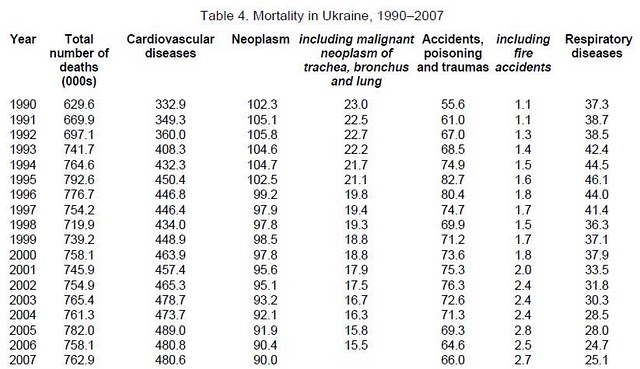Alcohol blamed for half of Russia’s premature deaths
Excessive drinking causes nearly half of all deaths among Russian men of working age, researchers have found. British researchers who investigated drinking habits in one town in the Urals found men were imbibing colognes, medical tinctures and cleaning agents containing up 97 per cent alcohol.
Past studies have suggested that Russian men drink more than 15 litres of pure alcohol a year on average – equivalent to a 70cl bottle of spirits a week.
Professor David Leon and colleagues from the LSHTM and the Social Technologies Institute in Izhevsk say earlier research has neglected the “vast area of manufactured alcohol” and the significant contribution it makes to the death rate.
“We only came across it when we were sitting round a table with our colleagues in Izhevsk and asking what could men be drinking,” said Professor Leon. “They mentioned tinctures and eau de colognes. We had no idea this was going on.”
A 100ml bottle of Hawthorn tincture is more than 90 per cent alcohol and costs 15 roubles (35p), compared with the cheapest vodka which is 70 roubles for a standard bottle (700ml) and only 40 per cent alcohol. “Not only is it cheaper unit for unit of alcohol, but because it comes in smaller bottles it is cheaper to buy,” said Professor Leon. “We have pictures of eau de colognes – shelves and shelves of them displayed like a drinks counter in a supermarket rather than an aftershave counter. In Omsk we visited a shop where the top shelf carried a row of eau de colognes, the next one bottles of anti-freeze and the one below that cleaning fluids. They all contained ethanol – the way they were displayed was testimony to the fact that they were being sold for their ethanol.”
Professor Leon said men who turned to these products had entered a downward spiral that accelerated as their drinking increased.
(Via The Independent)
